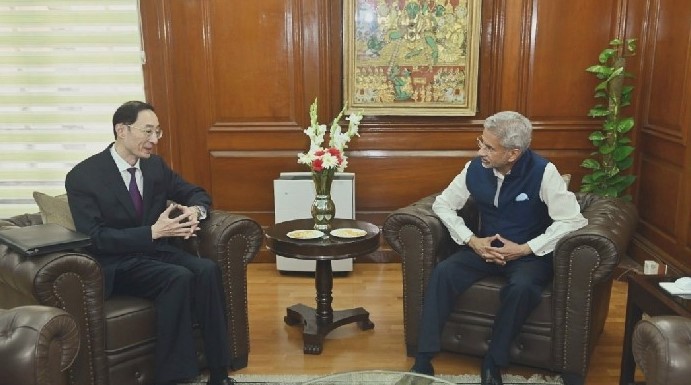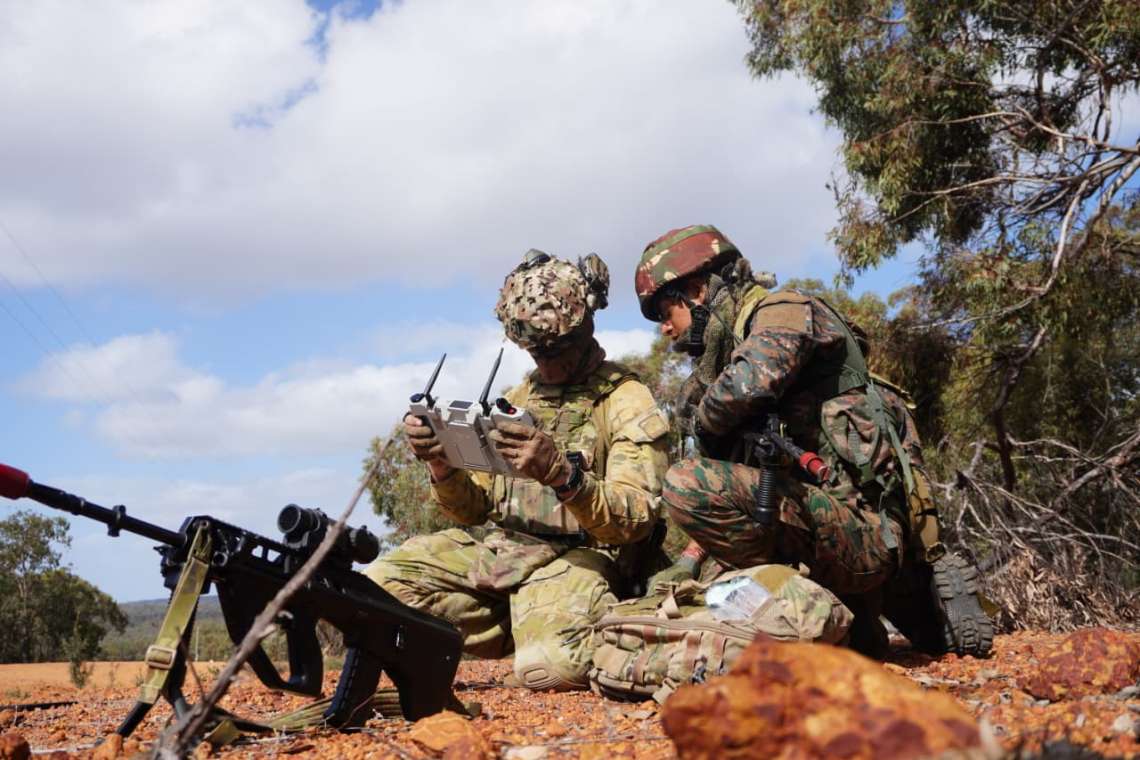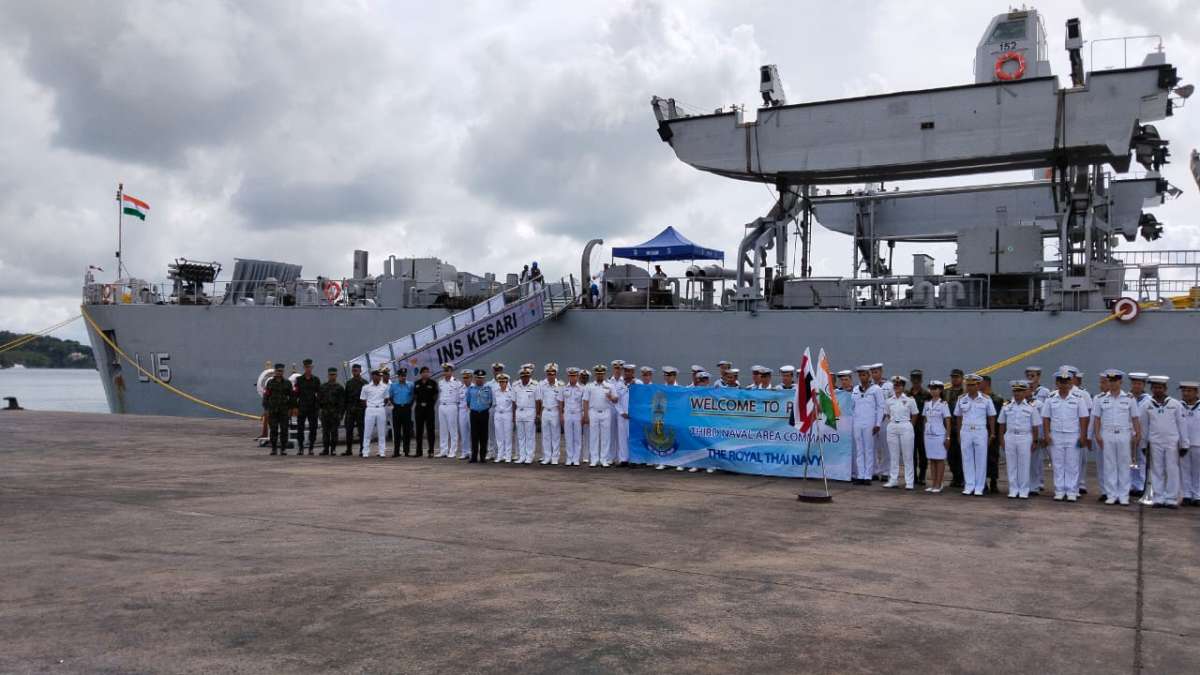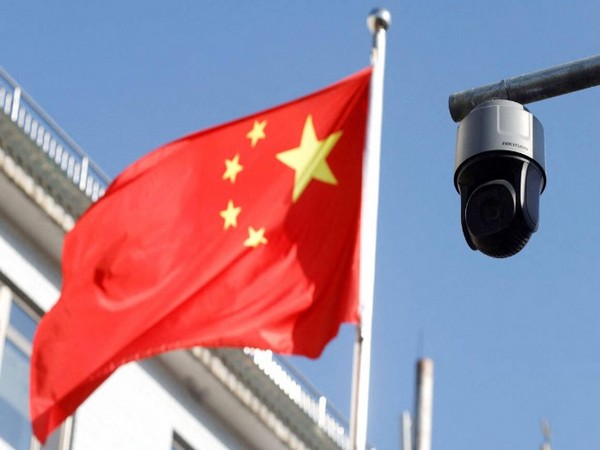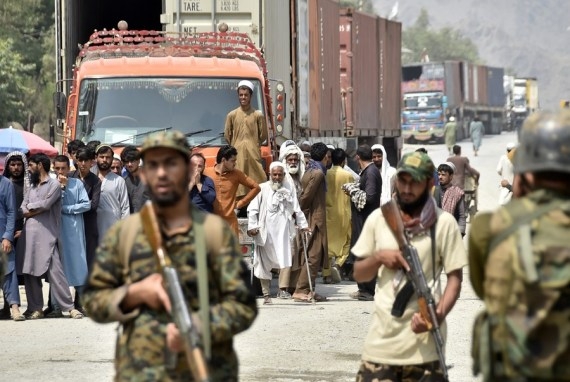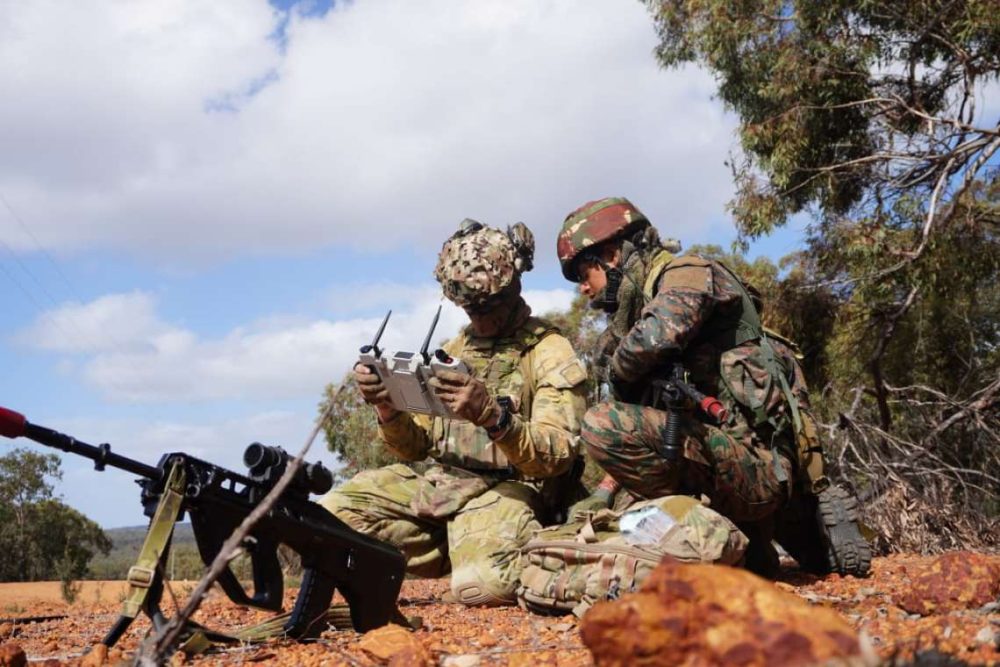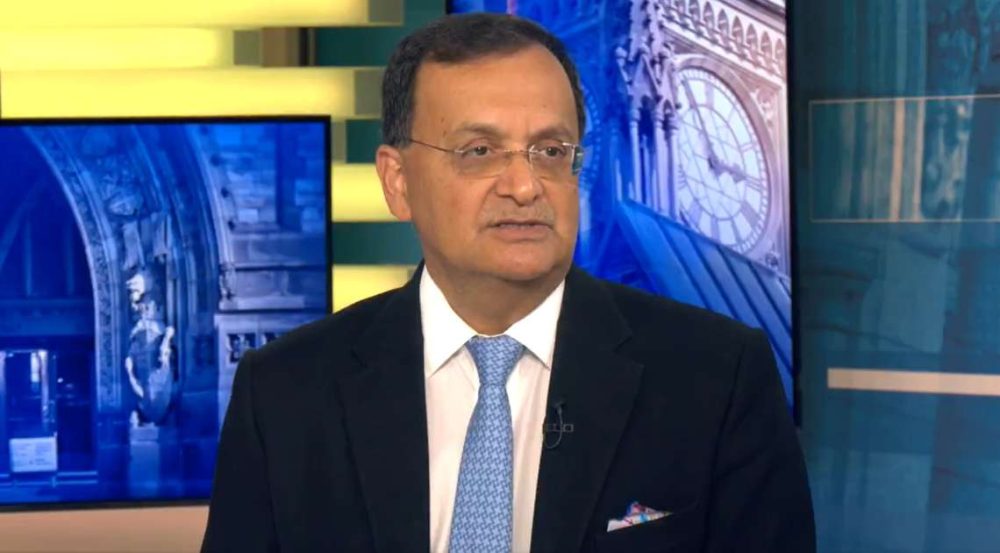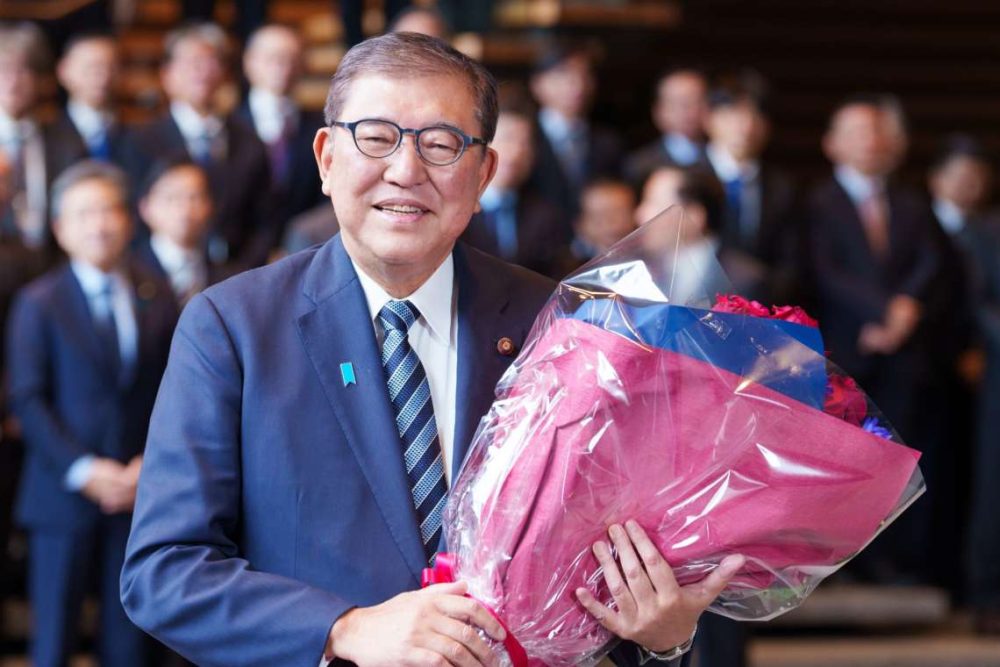“The normalization of India-China relations is in the interest of both countries, of Asia and the world at large,” he added…reports Asian Lite News
The normalization of India-China relations is in the interest of both countries, of Asia and the world at large, External Affairs Minister S Jaishankar said on Wednesday.
Tweeting after meeting outgoing Chinese Ambassador Sun Weidong for a farewell call, EAM Jaishankar said that he had emphasized that “peace and tranquillity in the border areas is essential”.
During the meeting, he also said that the development of India-China relations is guided by the 3 Mutuals, referring to respect, sensitivity, and interest.
“Received Ambassador Sun Weidong of China for a farewell call.
Emphasized that the development of India-China relations is guided by the 3 Mutuals. Peace and tranquillity in the border areas is essential,” EAM Jaishankar wrote on Twitter.
“The normalization of India-China relations is in the interest of both countries, of Asia and the world at large,” he added.
Earlier this month, speaking at a conference on “China’s Foreign Policy and International Relations in the New Era”, EAM Jaishankar had stated that peace & tranquility in the border areas clearly remains the basis for normal relations between India and China.
This has been “mischievously conflated” with the sorting out of the boundary question from time to time, he added while delivering the keynote address at the conference by Center for Contemporary China Studies (CCCS) in New Delhi on October 18.
Speaking at the launch of the Asia Society Policy Institute in New Delhi August 28, EAM Jaishankar had said that the state of the border would determine the state of relations between India and China.
Ties between the two countries came under severe strain in June 2020 when a violent face-off took place between Indian and Chinese troops in Eastern Ladakh’s Galwan Valley. Twenty India soldiers lost their lives. A large number of Chinese solidiers also died.
Since then, India and China have been engaged in talks at the military as well as diplomatic levels for disengagement along friction points in the border areas of Eastern Ladakh and have achieved progress in several areas.
In September this year, India and China agreed to complete disengagement in the area of Gogra-Hot Springs (PP-15) of Eastern Ladakh. They also agreed that all temporary structures and other allied infrastructure created in the area by both sides would be dismantled and mutually verified.
This was in line with the consensus reached at the 16th round of Corps Commander level talks held on July 17 this year.


